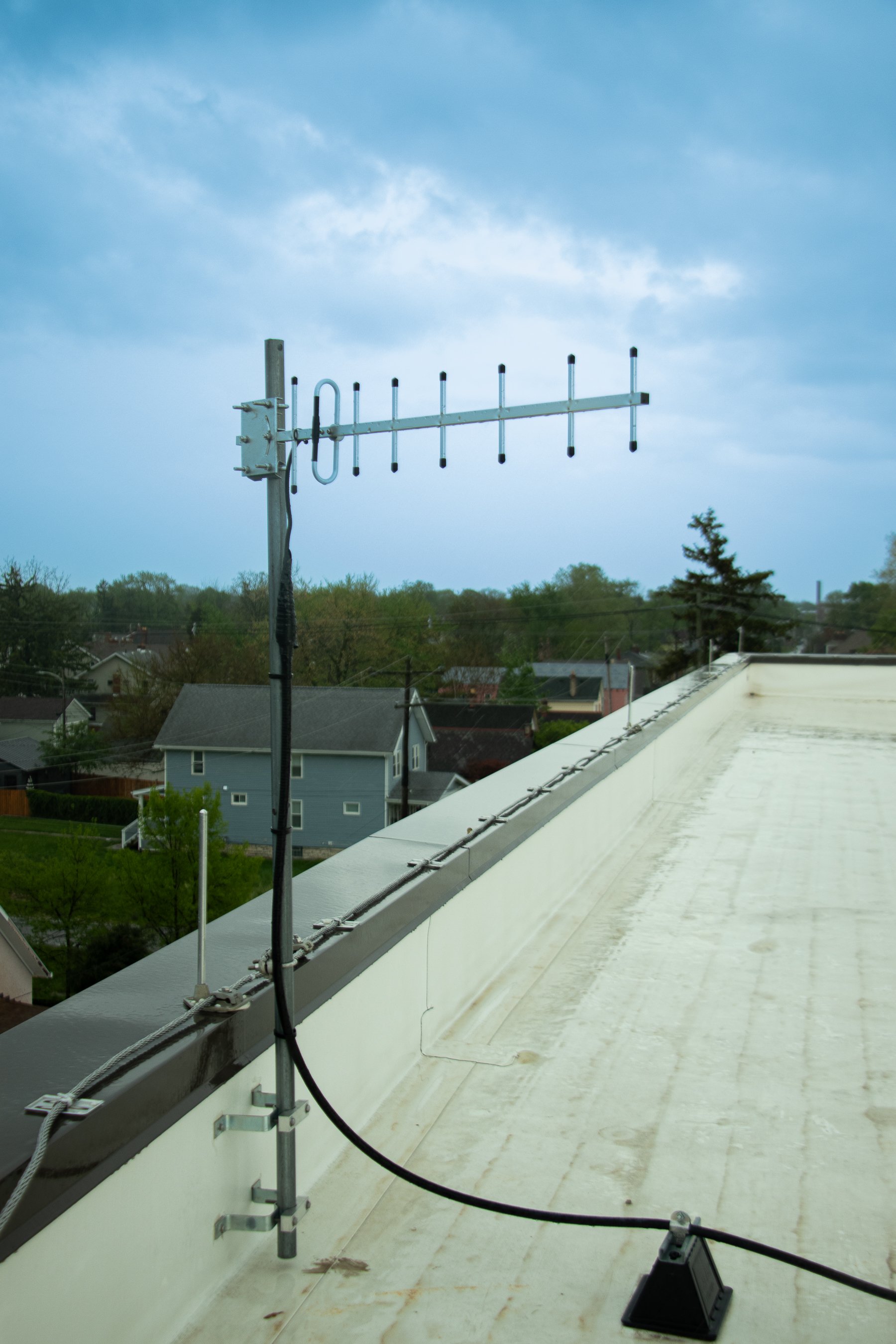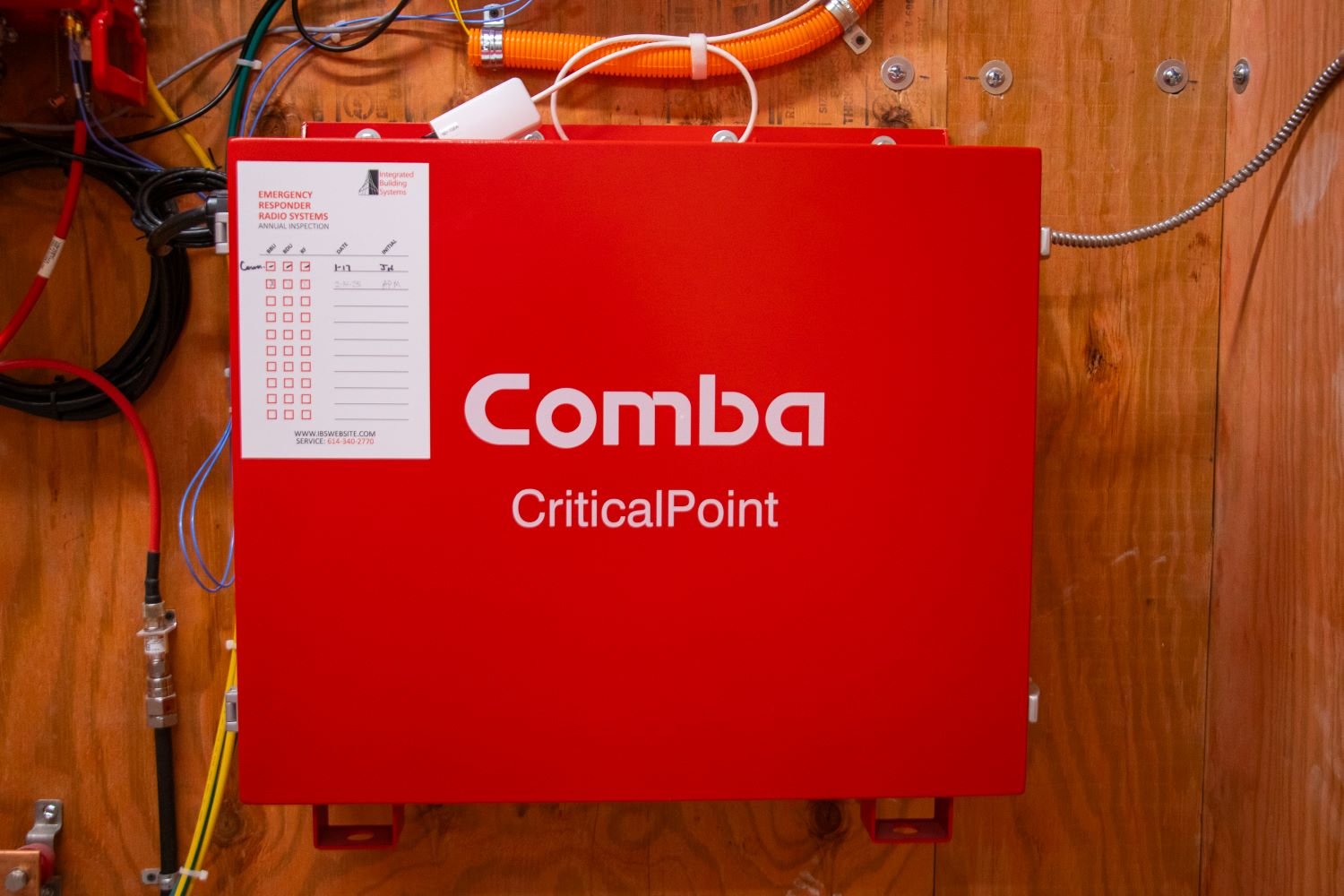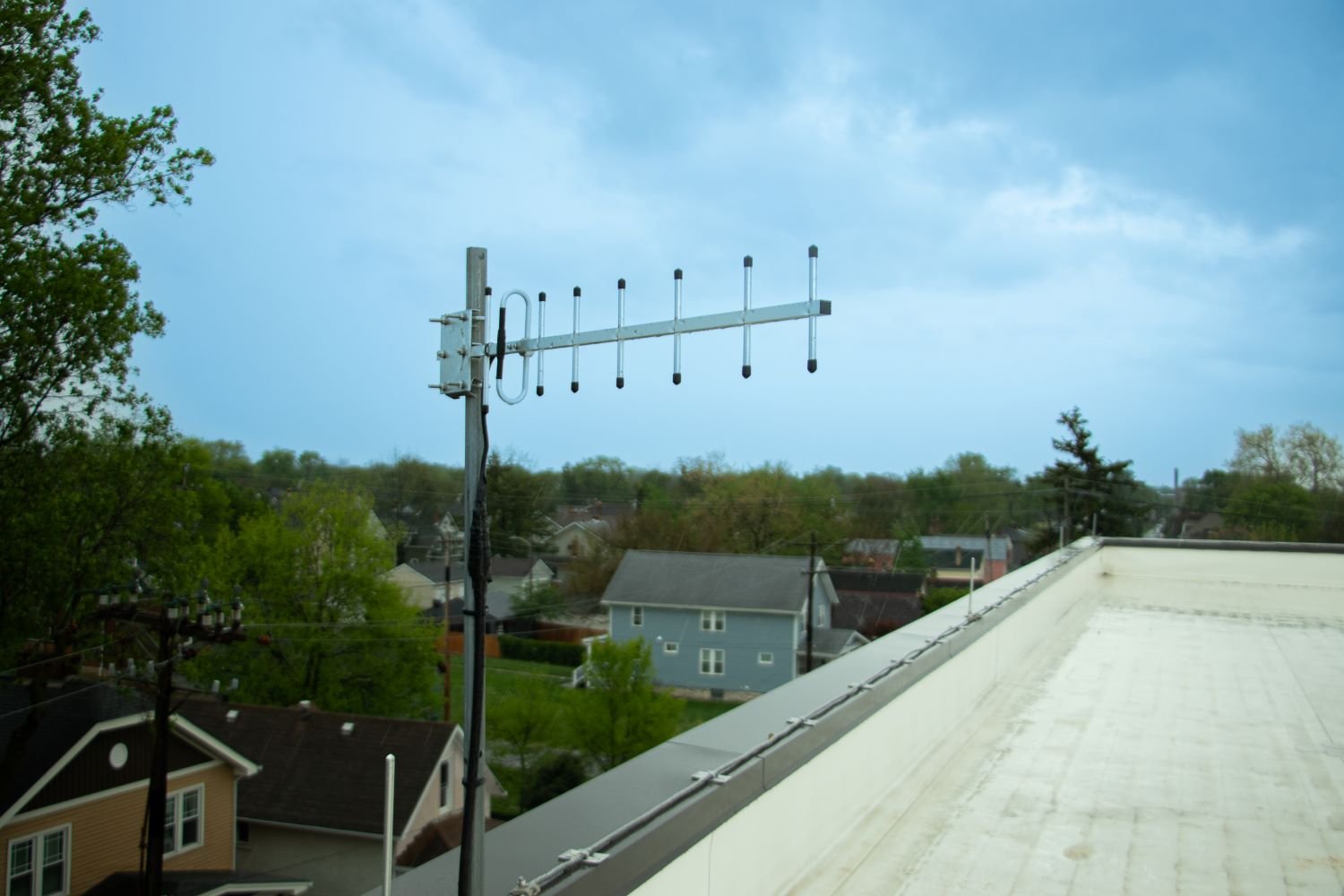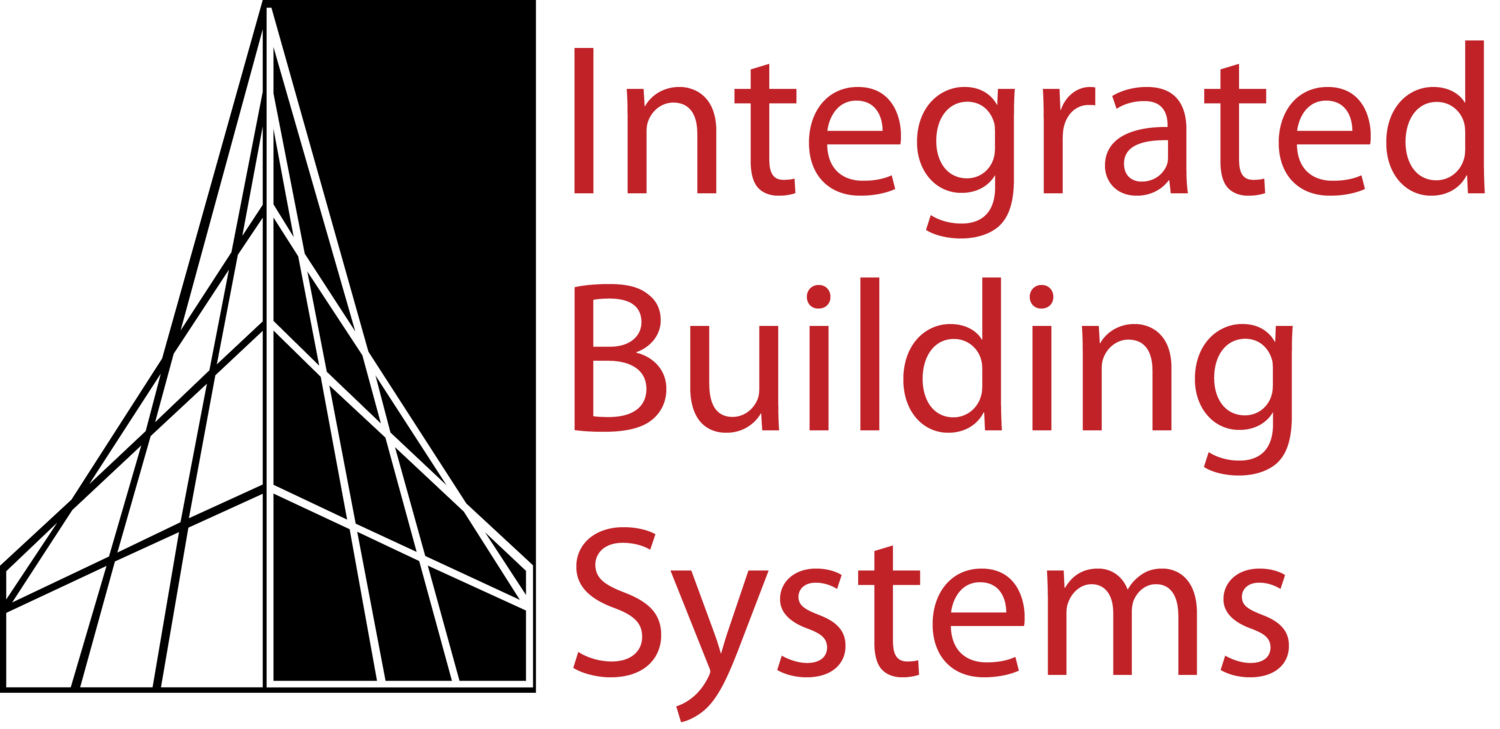Ronald McDonald House Charities of Central Ohio (RMHC)












KEEPING OCCUPANTS SAFE AT RONALD MCDONALD HOUSE
Technology Solutions
eMERGENCY RESPONDER RADIO SYSTEMS
Ronald McDonald House Charities of Central Ohio (RMHC) provides families with a home-away-from-home right across the street from Nationwide Children's Hospital while their child is receiving treatment. Open 365 days a year, it provides bedrooms with private baths, kitchens, laundry facilities, and more.
Recently, RMHC undertook a massive renovation and expansion project to meet demands for their services. When construction was completed in 2023, it became the largest Ronald McDonald house in the world with a 230,000 sq. ft. campus.
Integrated Building Systems was selected to provide an Emergency Responder Radio System (ERRS) for this project to boost radio coverage for first responders across the campus.
In an emergency, first responders need to be able to communicate with their radios throughout a building. To ensure this is possible, fire and building code requires all new commercial construction – and significant renovation – to be tested for radio signal strength. If the building fails this test, local authorities may require the owner to install an ERRS (sometimes called ERRCS or other acronyms).
Integrated Building Systems conducted the initial test of the radio signal in the RMHC expansion, and when the results were submitted to the local authorities, it was determined the building failed and an ERRS was needed.
Integrated Building Systems designed and installed a custom system to strategically boost the signal where it was weakest: near the elevators, by stairwells, and in the lower levels. The installation included low-profile indoor antennas, which are designed to blend into the ceiling.
In a campus environment, putting in too many antennas can cause interference and make the radio signal worse. So, for this project, all three buildings in the campus were connected into one system with a rooftop donor antenna in the middle.
The headend equipment (the “brains” of the system) is secured in red boxes and hardwired into dedicated circuits and breaker lockouts to meet code requirements.
